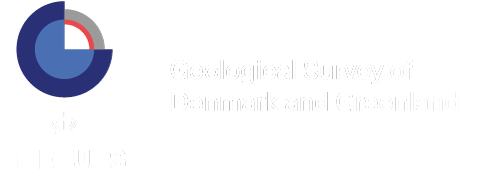THE NECESSARY DATA
According to the requirements in Article 76 in the United Nations Convention of the Law of the Sea, the data necessary in order to document the outer limits of the continental shelf are primarily data concerning water depth in order to determine the foot of the continental slope as well as the thickness of sediments below the seabed.
The water depth, also known as bathymetric data, is traditionally measured with a single-beam echo sounder but by using a multibeam echo sounder it is possible to cover a much larger area and the level of details is much larger as each beam covers a relatively smaller area than when a normal echo sounder is used.
In order to be able to determine the thickness of the sediments under the seabed, the scientists collect seismic reflection data. With this method, sound waves are sent into the underground, usually by means of an air gun. When the sound wave hits a new geological layer, a part of the sound wave is sent back to the surface and registered by instruments (called hydrophones in marine experiments). This way the scientists create a picture of the subsurface. This is a method that is often used when searching for oil.
The principle of a multibeam echo sounder
A fan-shaped area of the seabed is continually mapped and this way the multibeam echo sounder creates a high-resolution 3D image of the seabed. A conventional sonar creates a 2D bathymetric profile along the sailing direction of the ship with one single beam.
Seismic exploration at sea
This method is based on sending sound waves into the underground. In most cases, one or more air guns are used as sound source. When the soundwave hits a new layer in the underground, a part of the soundwave is sent back up to the surface where it is registered by hydrophones placed in a long measuring cable (called streamer). Afterwards the data are processed in order to create an image of the subsurface.
More background information
The requirements in Article 76 in the United Nations Convention on the Law of the Sea:
Commission on the Limits of the Continental Shelf – technical guidelines
Continental Shelf Projects in other countries: (in English or French):
Canada: Canada’s Extended Continental Shelf Program
France: EXTRAPLAC – Programme français d’extension du plateau continental
USA: U.S. Extended Continental Shelf
Information about which possibilities the Arctic coastal states have when it comes to extending the continental shelf:

